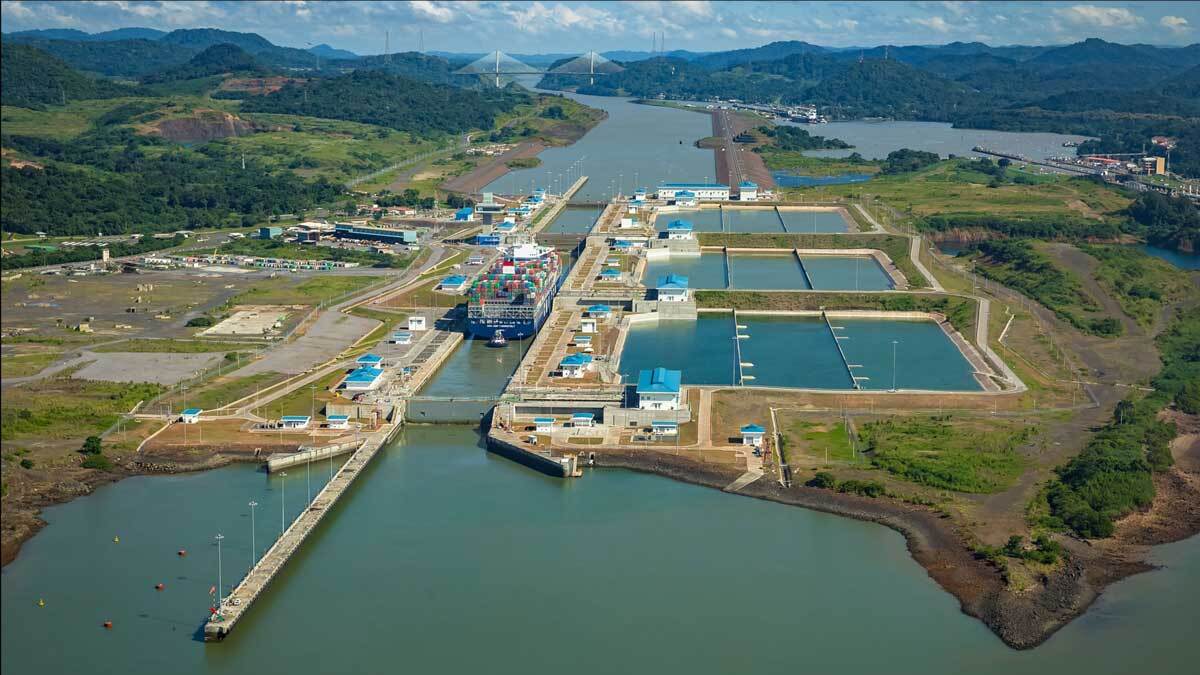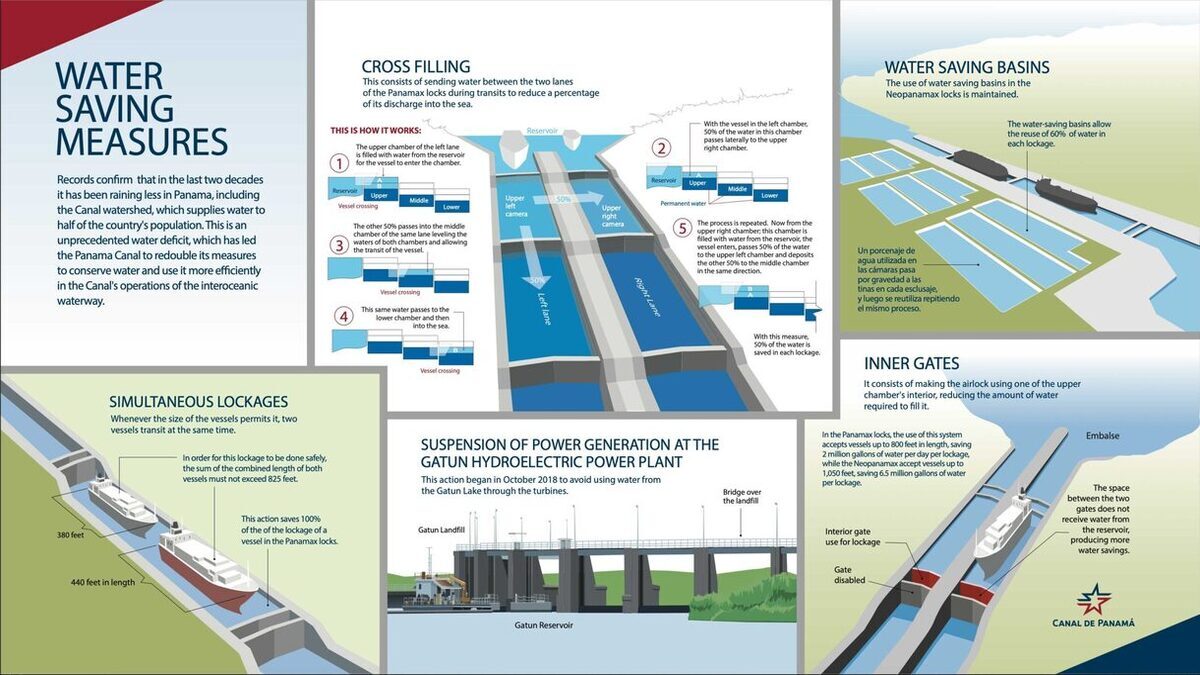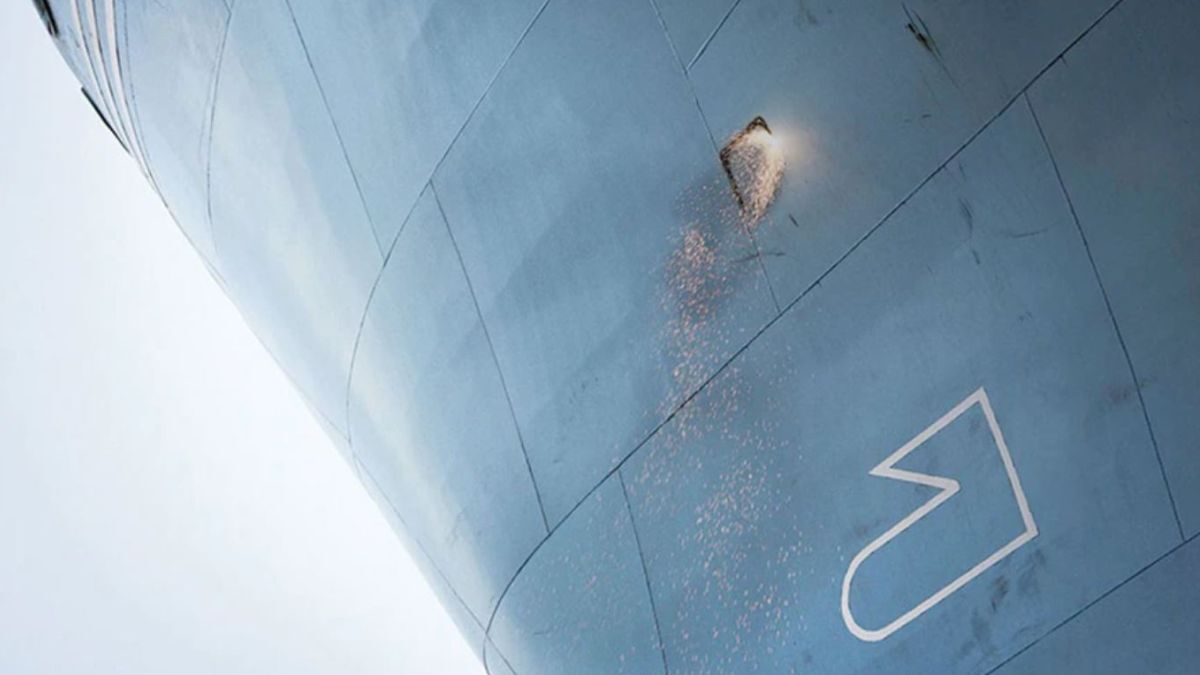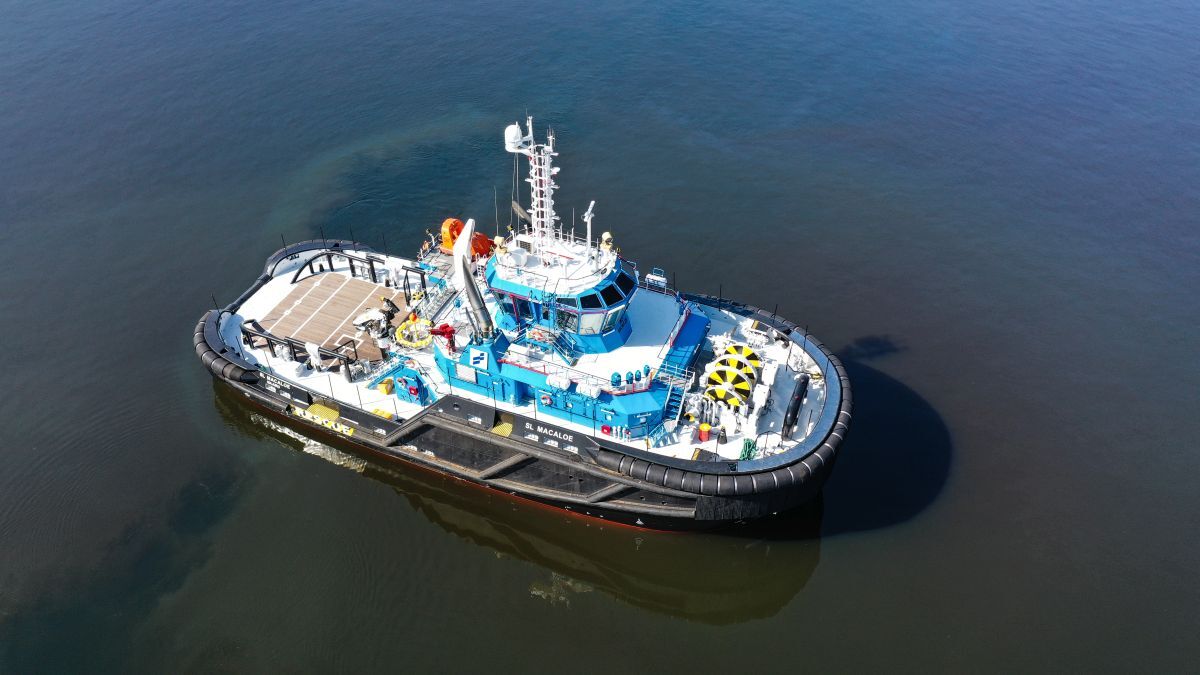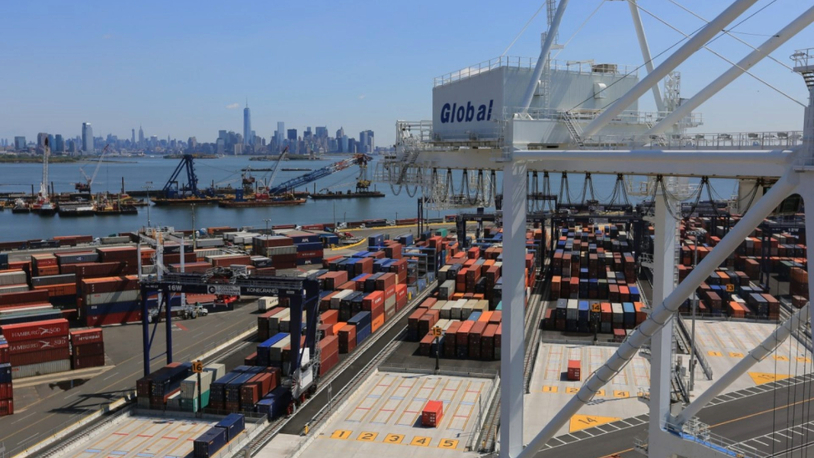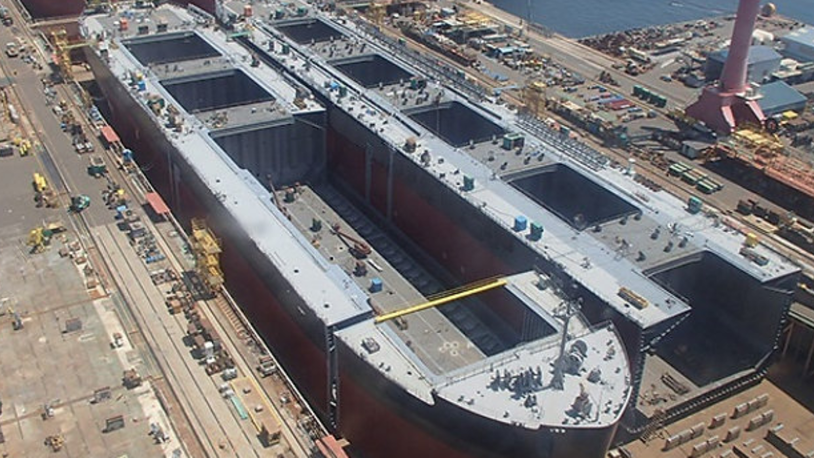Business Sectors
Events
Contents
Register to read more articles.
Panama Canal trims vessel quota to 31 ships from November
The Panama Canal Authority said it will reuse water and perform simultaneous lockages to save water
The canal’s draught has been set at 44 feet (13.4 m) and the number of transits stands at between 30 and 32 vessels per day, as previously announced. The number of vessels in queue at the end of September stood at 93 vessels, slightly lower than the corresponding figure a year ago.
From November, the Panama Canal Authority intends to adjust the number of transits to 31 transits per day: nine through the Neopanamax locks and 22 through the Panamax locks.
Additionally, changes will be made to the booking system, introducing Operating Condition 5 under which the daily transit reservation quotas will be adjusted to a maximum of 30 reservations: eight in the Neopanamax locks and the remainder in the Panamax locks.
To allow customers to adjust their itineraries and reduce waiting times for vessels that do not have a reservation, another condition, Condition 3 will be in effect from 4 October 4 to 31 October, limiting the total number of reservations at the Panamax locks to a total of 14.
According to the Canal, this measure makes it possible to manage the number of vessels on standby and ensures that vessels en route or in queue, which have not been booked, can transit within reasonable timeframes.
2023 has seen historically high temperatures in the Atlantic Ocean, exacerbated by the presence of the El Niño phenomenon, which raises the temperature of the Pacific Ocean and, in the case of Panama, delayed the start of the rainy season in Panama, resulting in a significant decrease in the levels of freshwater in the Canal’s reservoirs.
To address these challenges, the Canal is undertaking water-saving measures to supply 55% of the population and provide continuous service to maritime trade.
One of the implemented measures is cross-filling in the Panamax locks. A manoeuvre which involves reusing water from one lock chamber for use in the other, saving the equivalent of the average consumption of five daily transits.
Additionally, to the extent that the size of the vessels allows, simultaneous lockages are performed, with two ships transiting at the same time, occupying the same chamber.
The transit schedule has been optimised to maximise water savings in each chamber and accommodate the highest number of vessels.
In the neopanamax locks, the direction and scheduling of transits are analysed to make the most of every drop.
These adjustments have been made to manage the water shortage, among other actions to administrate transits, which have allowed the Canal to stabilise waiting times for customers.
Related to this Story
Events
Offshore Support Journal Conference, Americas 2025
LNG Shipping & Terminals Conference 2025
Vessel Optimisation Webinar Week
© 2024 Riviera Maritime Media Ltd.


